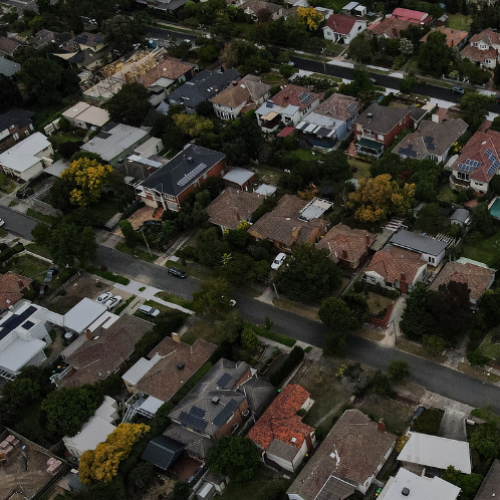Sky-high prices for Australia’s commodity exports and robust jobs growth have helped the federal government land a much bigger surplus than expected.
The $22.1 billion surplus posted for the 2022/23 financial year is the first time in 15 years that the government has brought in more revenue than it has spent.
The last surplus was delivered under the Howard coalition government in 2007/08 not long before the global financial crisis.
The 2022/23 figure is well above the slender $4.3 billion forecast in the May budget, and marks a dramatic improvement on the $77.9 billion deficit predicted in the coalition government’s final budget last year.
Labor owes the improvement to a commodity-fuelled revenue windfall, as well as extra tax collected from individuals in a strong jobs market.
Treasurer Jim Chalmers said a stronger budget would serve as the foundation to “build everything that we want to do for our people and our society”.
He said the government’s decision to bank most of the revenue upgrades “has been exactly right for the times and suited to the challenges we confront.”
The strategy has lowered gross debt by $87.2 billion compared with pre-election estimates, saving taxpayers $12 billion in interest payments.
Economist and budget expert Chris Richardson said the budget numbers had “hugely improved” and had managed to bring net debt as a share of the economy back to pre-COVID levels.
The higher-than-expected number was largely a consequence of Treasury failing to accurately guess the impact of “war and inflation” on tax collection, Mr Richardson said.
He said Treasury also thought individuals would pay less tax than they did.
“To be clear, that money was always there, and it had nothing to do with the change of government,” Mr Richardson said.
However, some government decisions are improving the budget bottom line, including higher taxes on cigarettes and high superannuation balances.
These decisions are expected to add $27 billion to the tax take over the four years to 2025/26.
Working in the other direction is an extra $58 billion in spending for higher childcare subsidies and help for single parents.
The improvement to the budget bottom line is expected to be fleeting as structural pressures start to weigh on the public purse.
The Intergenerational Report released in August showed the budget returning to deficits to reflect growing spending on health and aged care, the National Disability Insurance Scheme, defence and interest payments on government debt.
Dr Chalmers said the structural problems would take more than one year to address.
He said the government had delivered a surplus at the same time as providing billions of dollars in cost-of-living relief and investments in the long-term growth of the economy.
Energy bill relief and other cost-of-living supports were included in the May budget, but the higher-than-expected surplus is likely to spark calls for more help for those doing it tough.
© AAP 2023











